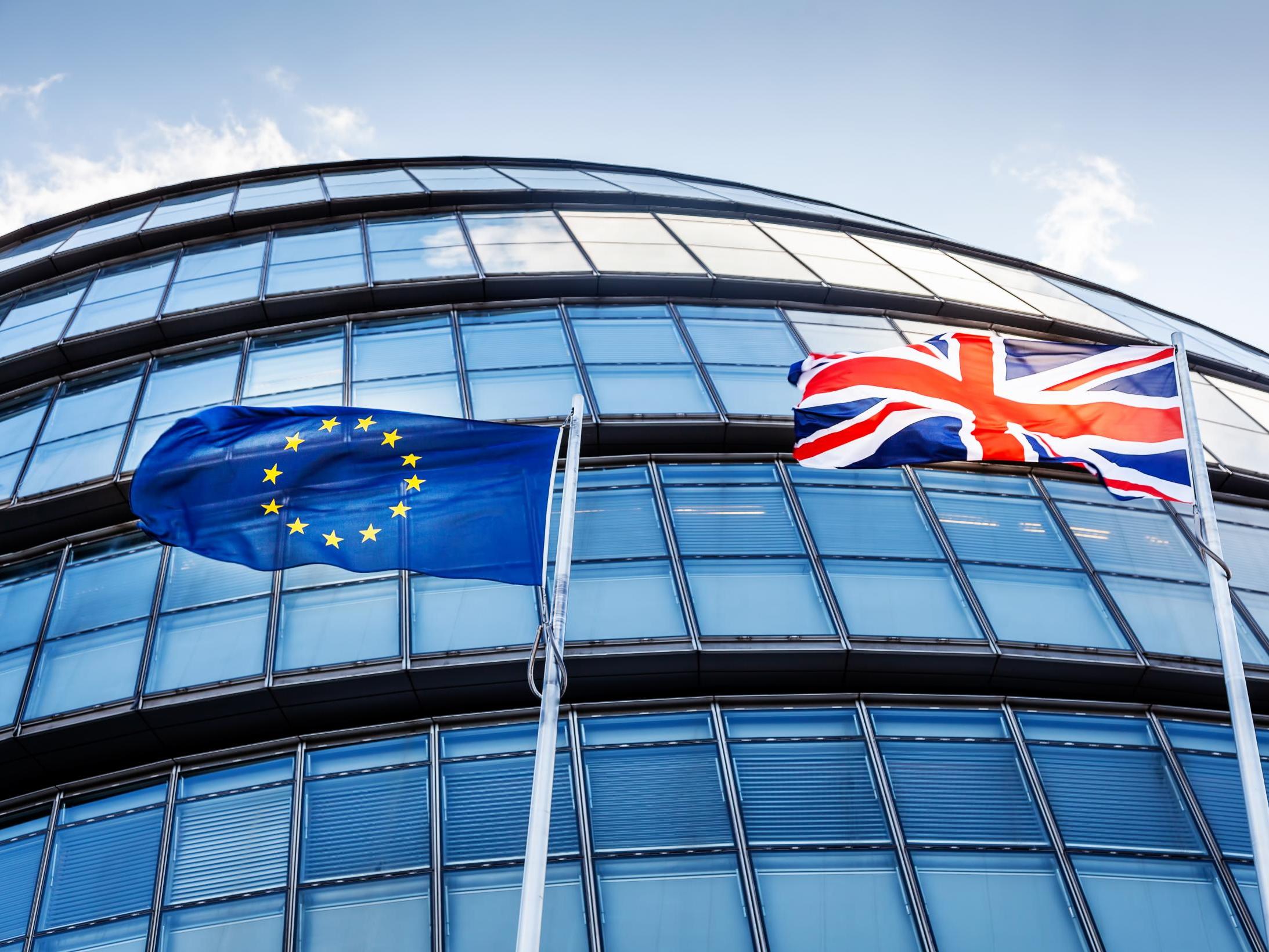How will the Brexit trade talks work?
The scene has now been set for an almighty bust-up in the coming months, says Ashley Cowburn


After several weeks of posturing, sabre-rattling and red-lines being constructed, in 24 hours the British government and the European Union will hold their first face-to-face negotiations since the UK severed its 47-year membership of the bloc.
Officials involved in the talks have the monumental task of thrashing out the future relationship and trading partnership between the two sides, but in recent days the prospect of a no-deal Brexit has been revived.
Under the terms of the 11-month transition period that began on 31 January, the UK is bound to the EU’s rules and will remain in the bloc’s customs union and single market. There are provisions to request an extension, but this must be agreed by 1 July, and Boris Johnson has repeatedly insisted he will not sanction any extension.
Setting out the British government’s position on Thursday, Johnson also insisted the UK is ready to walk away from the discussions unless there is a “broad outline” of a deal by June. Failing this, the government will switch its attention to leaving on World Trade Organisation (WTO) terms by the end of the transition period, in December 2020.
The French Europe minister Amelie de Montchalin, however, dismissed this “artificial deadline” at a speech the following day in central London, saying the EU would not sign “any kind of deal”, as the substance of the agreement far outweighed time constraints.
“If the UK decides to shorten the negotiating period, it will be the UK’s responsibility,” she said. “It will not be our choice on the European side, and that choice will have consequences in terms of the breadth and depth of the relationship we can build. For us substance is much, much more important than deadlines.”
Coupled with the contradictory mandates for the negotiations published by both the UK and the EU in the past week, the scene has now been set for an almighty bust-up in the coming months.
In terms of the mechanics of the negotiations, there will be five rounds of negotiations of four days once every three weeks before May, with talks alternating between EU buildings in Brussels and government offices in London. A crucial moment will come in June when both sides will hold a “high-level meeting” where the UK and EU “will convene and take stock of progress”.
All 10 so-called “tracks” of the new relationship will be negotiated in parallel, but it’s already clear some issues such as the level playing field, fish and governance (how disputes will be resolved) will take precedence.
On the EU side, the European Commission will lead the negotiations with Michel Barnier, who was in charge of the divorce negotiations for the past three years, as chief negotiator.
But the UK side will be wholly different. Unlike the negotiations under Theresa May’s administration, Sir David Frost, the prime minister’s Europe adviser, will lead the talks and report directly to No 10.
And since the Department for Exiting the European Union was abolished on 31 January – along with the position of Brexit secretary – the new team will operate straight from Downing Street and the Cabinet Office under the new guise of “Taskforce Europe”.
In terms of keeping the public, businesses and the media informed of discussions, the government said on Friday in a joint statement with the bloc: “The UK and the EU will pursue negotiations transparently and, as necessary, will seek to agree any necessary pubic statements relating to the negotiations.”
This in itself is quite an ambitious target: expect there to be leaks from meetings, and more high-profile sabre-rattling in public if the talks get complicated, or go down to the wire.
Join our commenting forum
Join thought-provoking conversations, follow other Independent readers and see their replies
Comments